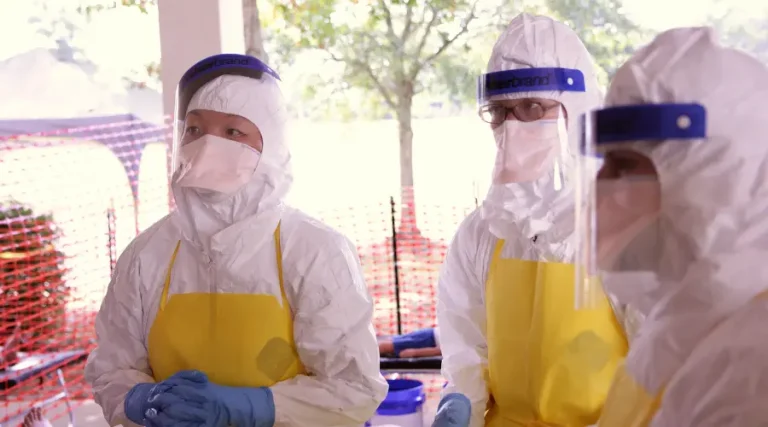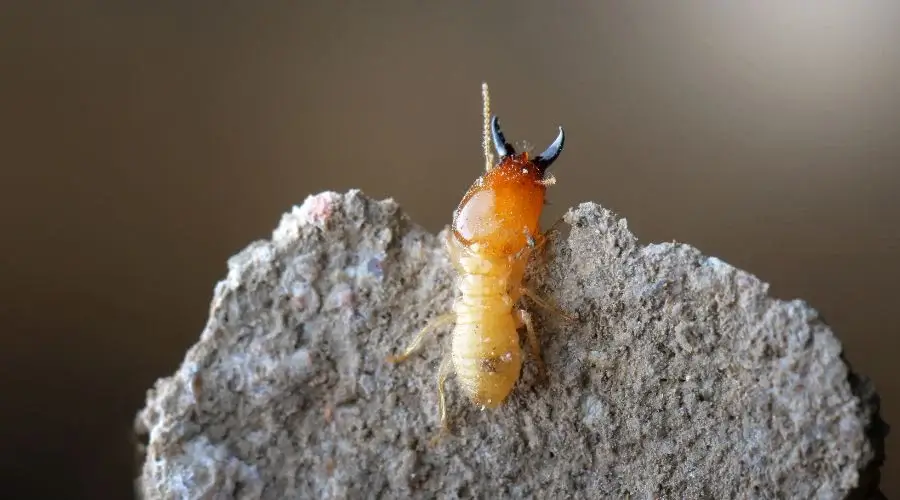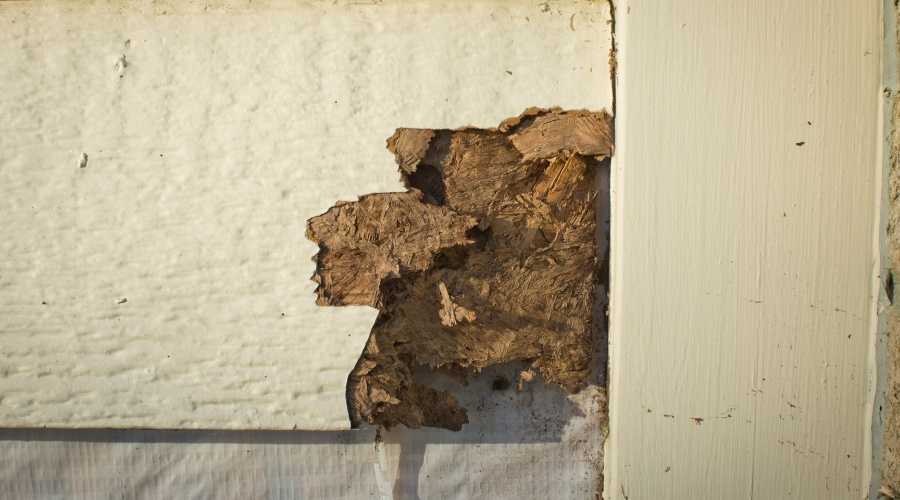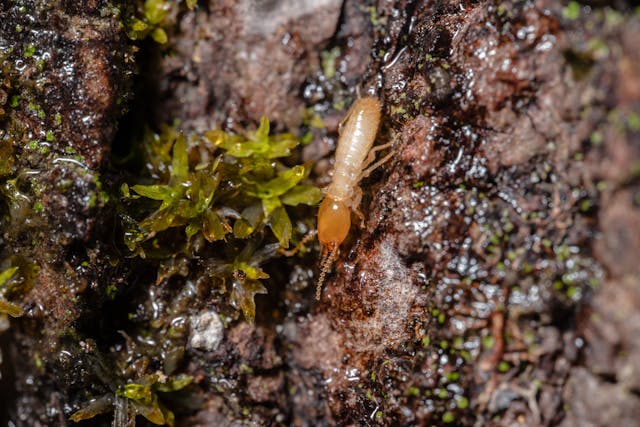Pests are more than an inconvenience—they are vectors of diseases that threaten public health and safety. Effective pest control does more than eliminate nuisances; it fosters safer environments, minimizes health risks, and creates healthier communities. Let’s dive into the role pest management plays in protecting public health and explore actionable strategies to safeguard yourself and your loved ones.
Key Takeaways
- Health Protection: Pest control reduces the risk of diseases spread by mosquitoes, rodents, and cockroaches.
- Hygiene Maintenance: Proper pest management prevents contamination, allergies, and asthma triggers.
- Environmental Safety: Adopting sustainable pest control measures ensures long-term health benefits without harming the environment.
The Role of Pest Control in Protecting Public Health
Pest control is a critical component of public health initiatives, focusing on reducing the risks posed by pests like mosquitoes, rats, and cockroaches. These pests are not only nuisances but also carriers of harmful pathogens, leading to diseases that can affect individuals and communities.
How Pests Jeopardize Public Health
- Mosquitoes: Spread diseases such as malaria, dengue fever, Zika virus, and West Nile virus.
- Rodents: Transmit leptospirosis, hantavirus, and salmonella through droppings, urine, and bites.
- Cockroaches: Trigger asthma and allergies while spreading bacteria that can contaminate food.
Why Is Pest Control Essential?
Uncontrolled pest populations can lead to severe consequences, including:
1. Disease Transmission: Vector-borne illnesses like dengue and hantavirus can spread quickly through pest infestations.
2. Food Contamination: Rodents and cockroaches carry pathogens that can cause food poisoning.
3. Structural Damage: Termites and rats can weaken buildings, resulting in costly repairs and compromised safety.
4. Allergic Reactions and Respiratory Issues: Exposure to pest allergens can exacerbate asthma and other respiratory conditions.
How Pests Spread Diseases
Understanding how pests transmit diseases underscores the importance of prevention and control:
- Mosquitoes: Breed in stagnant water and transmit illnesses through their bites.
- Rodents: Contaminate surfaces, food, and water with droppings and urine, spreading bacteria and viruses.
- Cockroaches: Spread germs by crawling over food and living areas; their saliva and droppings trigger allergic reactions.
8 Tips for Safe and Effective Pest Control
1. Seal Entry Points: Block gaps and cracks in doors, windows, and walls to prevent pest entry.
2. Maintain Cleanliness: Clean surfaces, vacuum regularly, and promptly remove garbage.
3. Store Food Properly: Use airtight containers to protect food from pests.
4. Eliminate Standing Water: Remove stagnant water to deter mosquito breeding.
5. Use Eco-Friendly Products: Choose safe pest control options that minimize environmental and health risks.
6. Schedule Inspections: Conduct regular pest inspections to catch infestations early.
7. Encourage Natural Predators: Foster habitats for birds and beneficial insects that help control pests.
8. Educate Your Family: Teach household members effective pest prevention strategies.
FAQ: Addressing Common Pest Control Concerns
Q: How do pests impact public health?
A: Pests spread diseases, contaminate food, and cause respiratory issues, posing significant health risks.
Q: Are pest control methods safe for kids and pets?
A: Yes, when using eco-friendly products and services that adhere to safety guidelines.
Q: How often should pest control be done?
A: Routine inspections every 3–6 months are recommended, depending on the location and pest type.
Q: Can DIY pest control replace professional services?
A: DIY methods work for minor issues, but professional pest control is necessary for severe infestations.
Q: Are eco-friendly solutions effective?
A: Yes, many eco-friendly products effectively control pests while ensuring environmental safety.
Conclusion: Protecting Health Through Pest Control
Pest control is a cornerstone of public health, protecting individuals and communities from diseases, allergies, and other risks. By understanding the dangers pests pose and adopting preventive measures, we can create healthier, pest-free environments.
Take charge of your health and safety today. Contact our professional pest control services to keep your home and workplace secure, healthy, and free from harmful pests.





